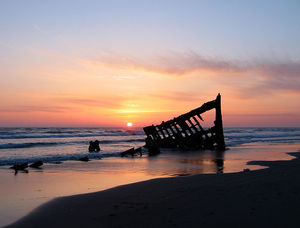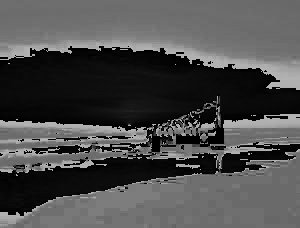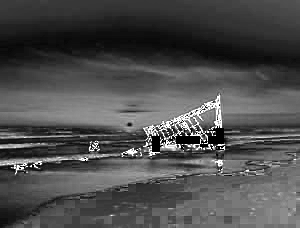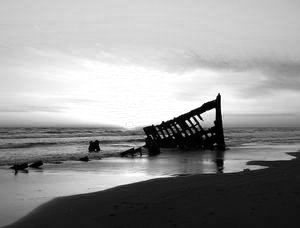Here a simple OpenCV example of separation of a image into its hue, saturation and value channels.
#include
#include
#include
int main( int argc, char **argv ){
IplImage *img, *hsv, *hue, *sat, *val;
int key = 0, depth;
CvSize size;
/* Load command line passed image, check it. */
if (argc>1) {
img = cvLoadImage(argv[1], CV_LOAD_IMAGE_COLOR);
if(!img){
printf("Could not open image.");
exit -1;
}
if(img->nChannels!=3){
printf("We need color image!");
exit -1;
}
} else {
printf("Usage: %s VIDEO_FILE\n", argv[0]);
return 1;
}
/* Create a hsv image with 3 channels and hue, sat e val with 1 channel.
All with the same size */
size = cvGetSize(img);
depth = img->depth;
hue = cvCreateImage(size, depth, 1);
sat = cvCreateImage(size, depth, 1);
val = cvCreateImage(size, depth, 1);
hsv = cvCreateImage(size, depth, 3);
cvZero(hue);
cvZero(sat);
cvZero(val);
cvZero(hsv);
/* Convert from Red-Green-Blue to Hue-Saturation-Value */
cvCvtColor( img, hsv, CV_BGR2HSV );
/* Split hue, saturation and value of hsv on them */
cvSplit(hsv, hue, sat, val, 0);
/* Create windows, display them, wait for a key */
cvNamedWindow("original", CV_WINDOW_AUTOSIZE);
cvNamedWindow("hue", CV_WINDOW_AUTOSIZE);
cvNamedWindow("saturation", CV_WINDOW_AUTOSIZE);
cvNamedWindow("value", CV_WINDOW_AUTOSIZE);
cvShowImage("original", img);
cvShowImage("hue", hue);
cvShowImage("saturation", sat);
cvShowImage("value", val);
cvWaitKey(0);
/* Free memory and get out */
cvDestroyWindow("original");
cvDestroyWindow("hue");
cvDestroyWindow("saturation");
cvDestroyWindow("value");
cvReleaseImage(&img);
cvReleaseImage(&hsv);
cvReleaseImage(&hue);
cvReleaseImage(&sat);
cvReleaseImage(&val);
return 0;
}
Resized original image, photo by Robert Bradshaw at Wikimedia Commons.

Hue channel:

Saturation channel:

Value channel:









